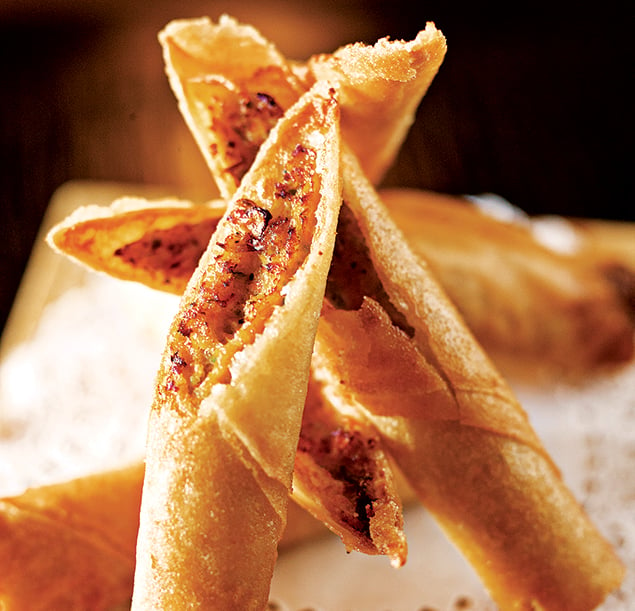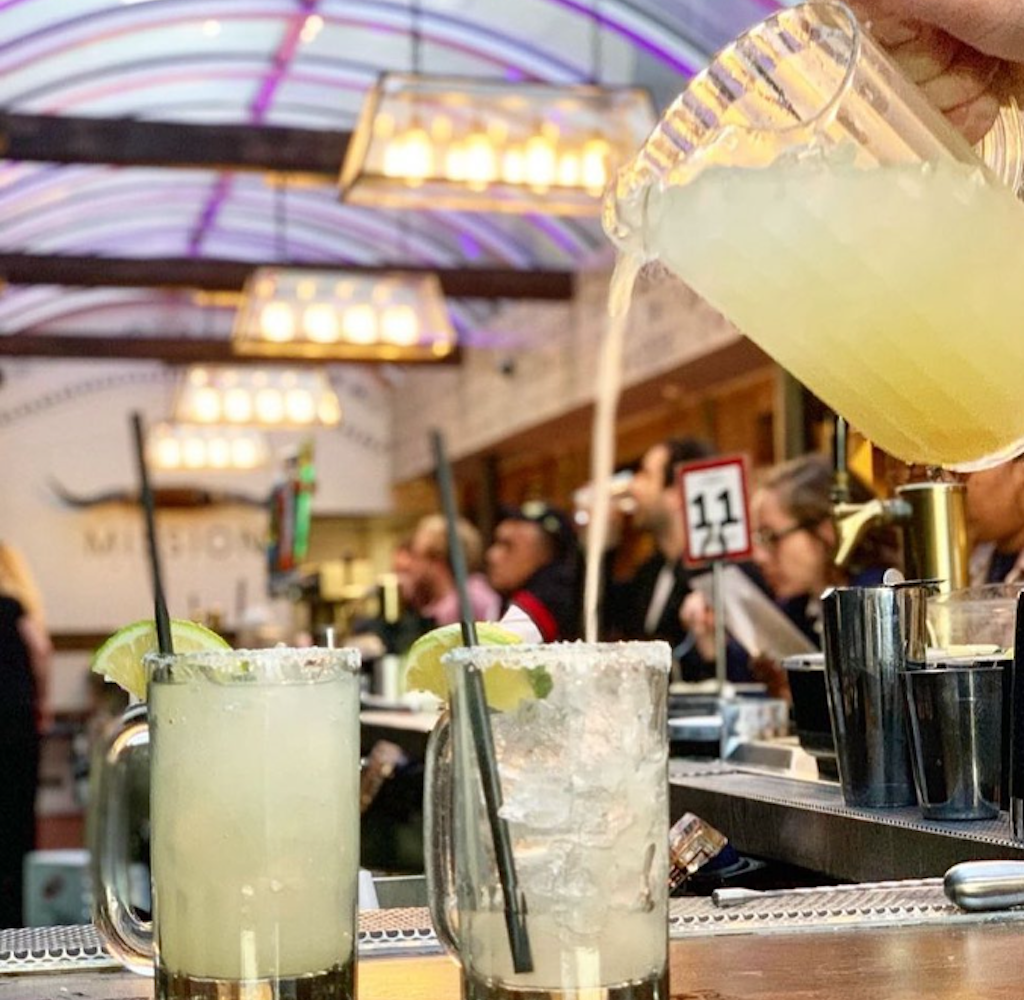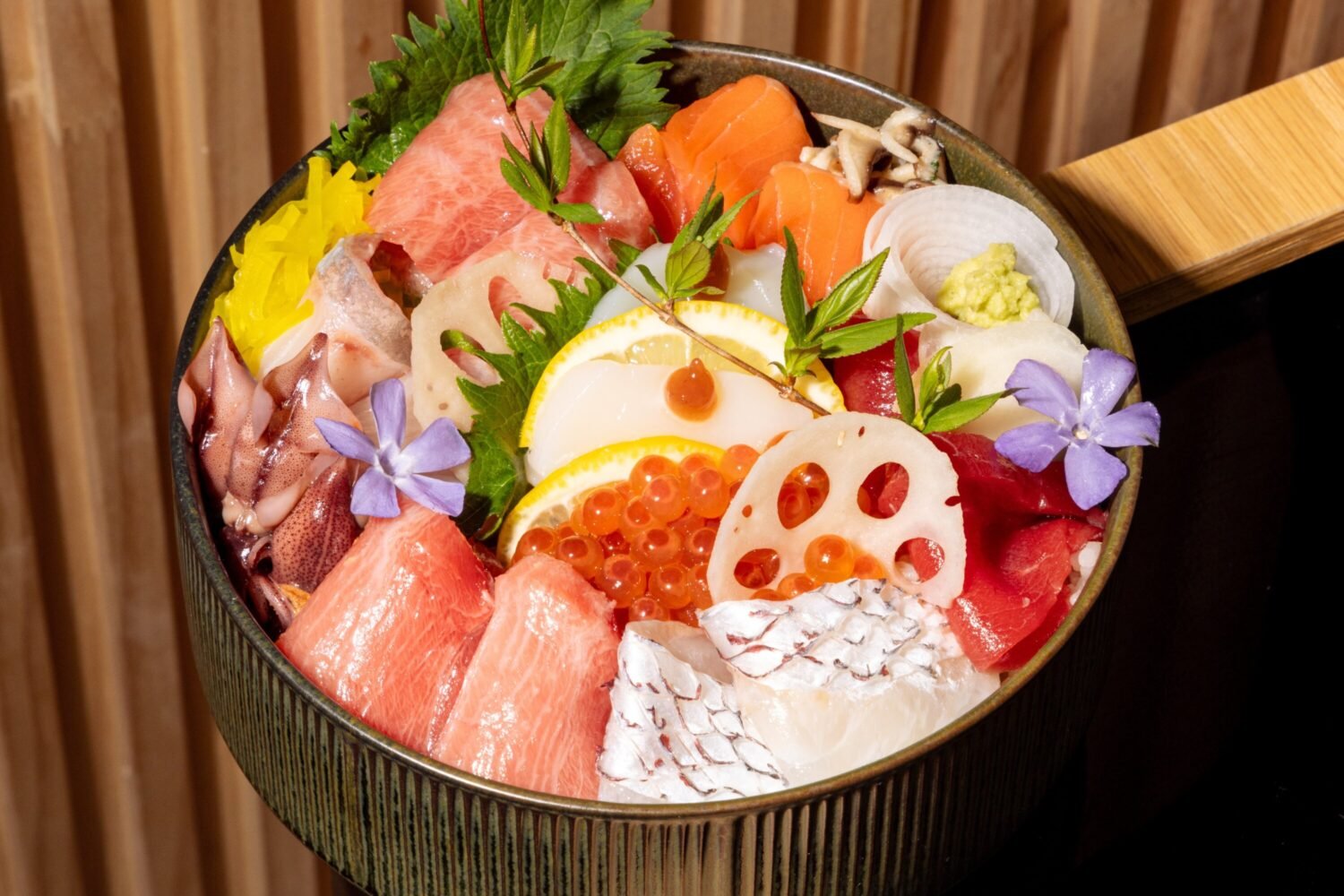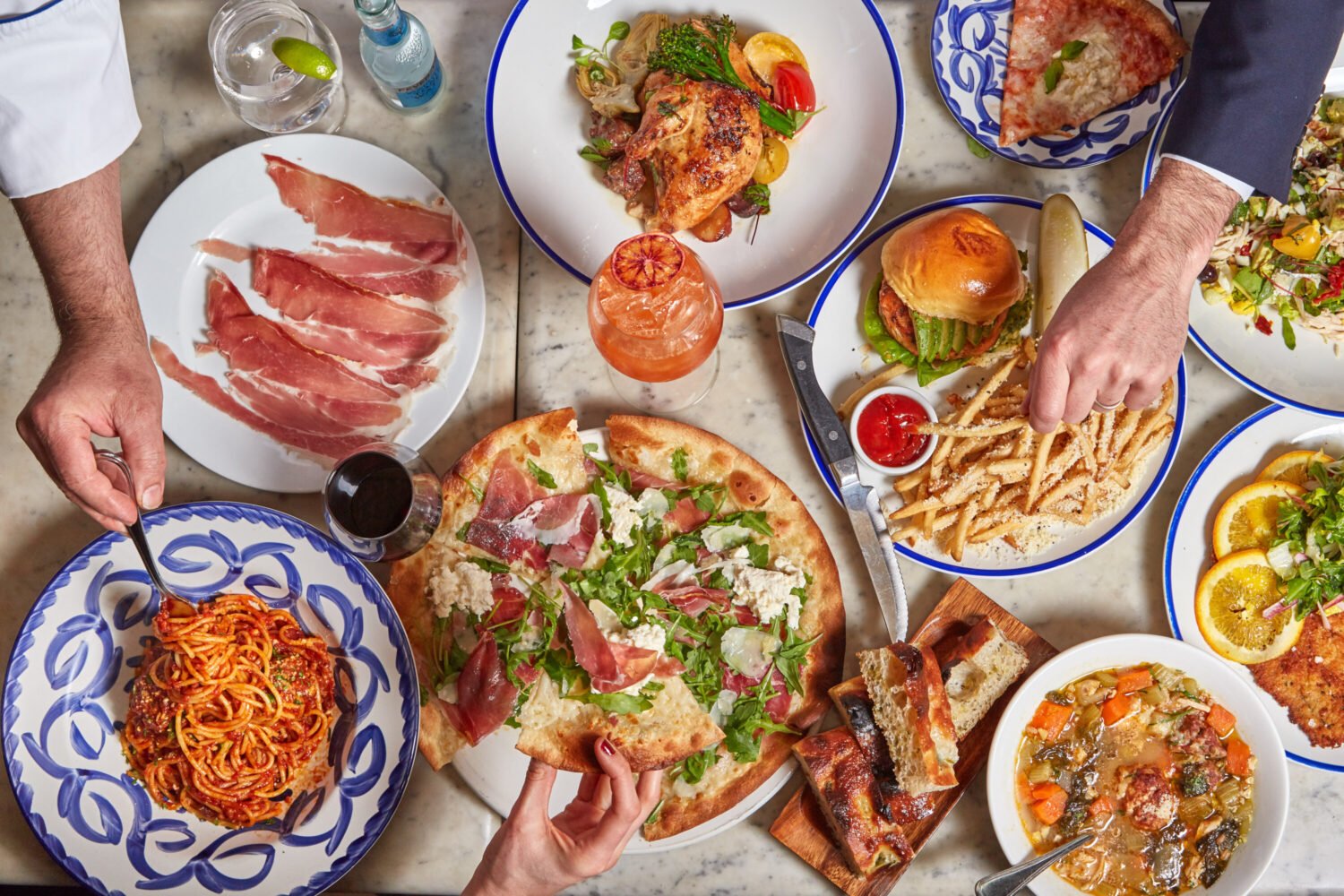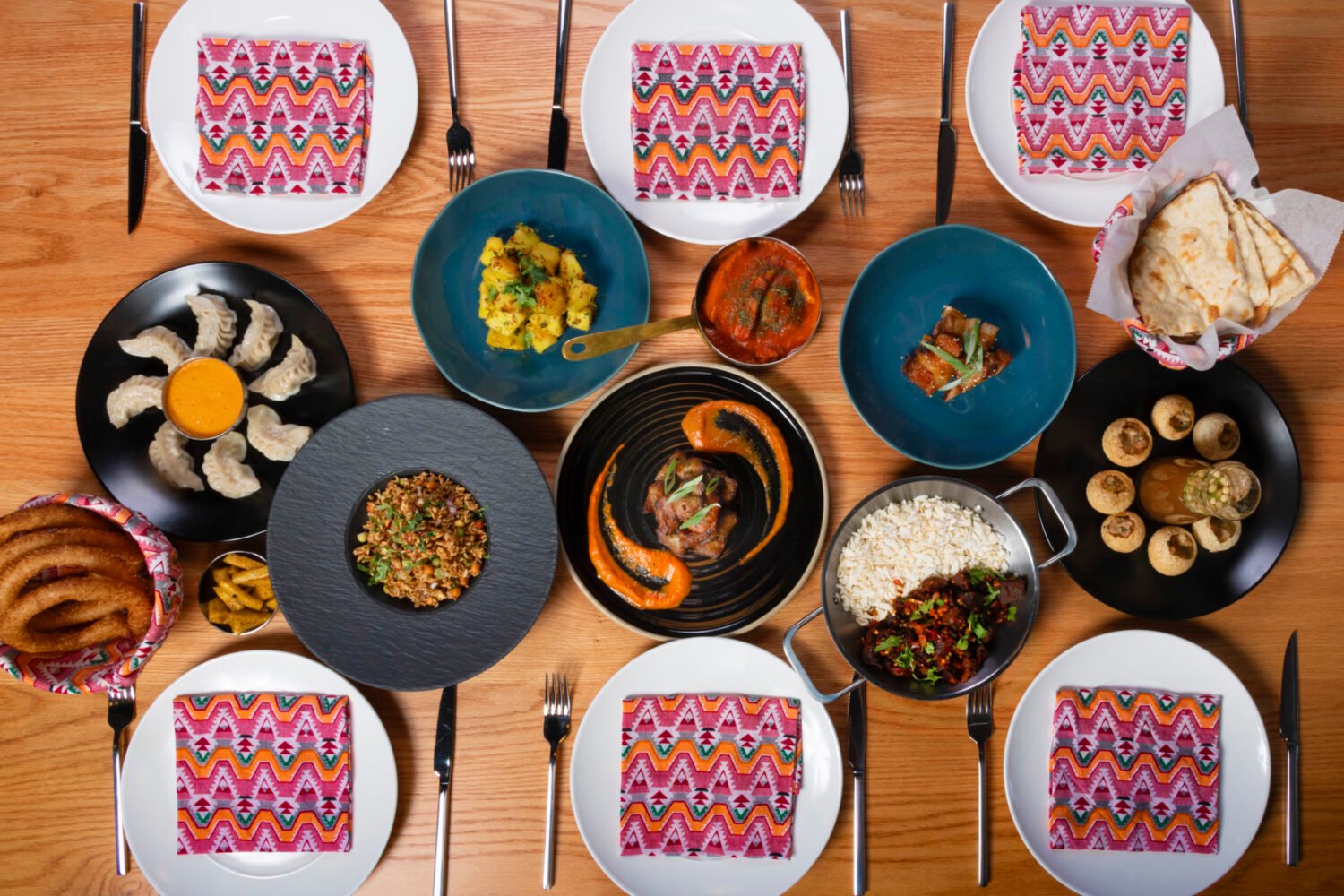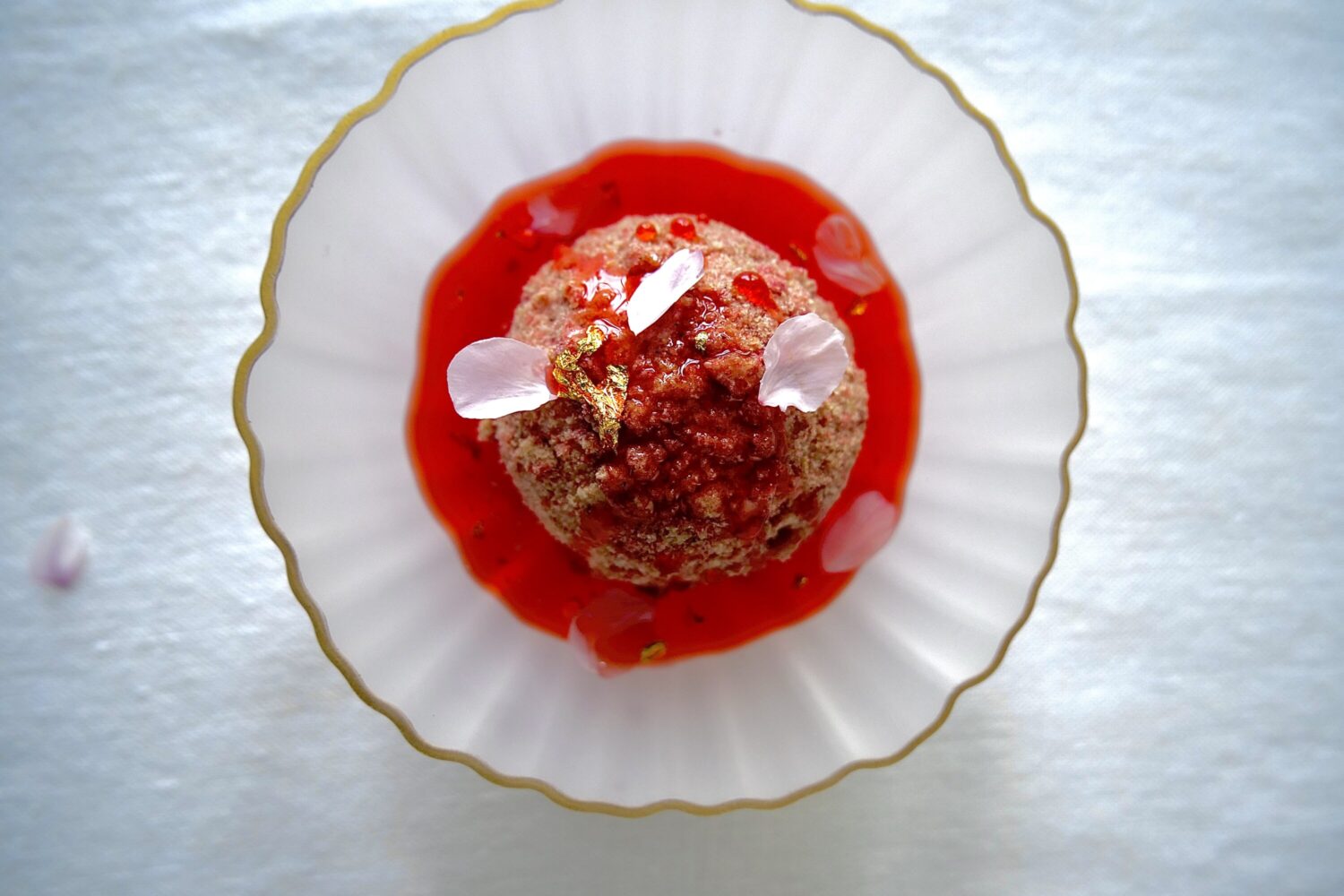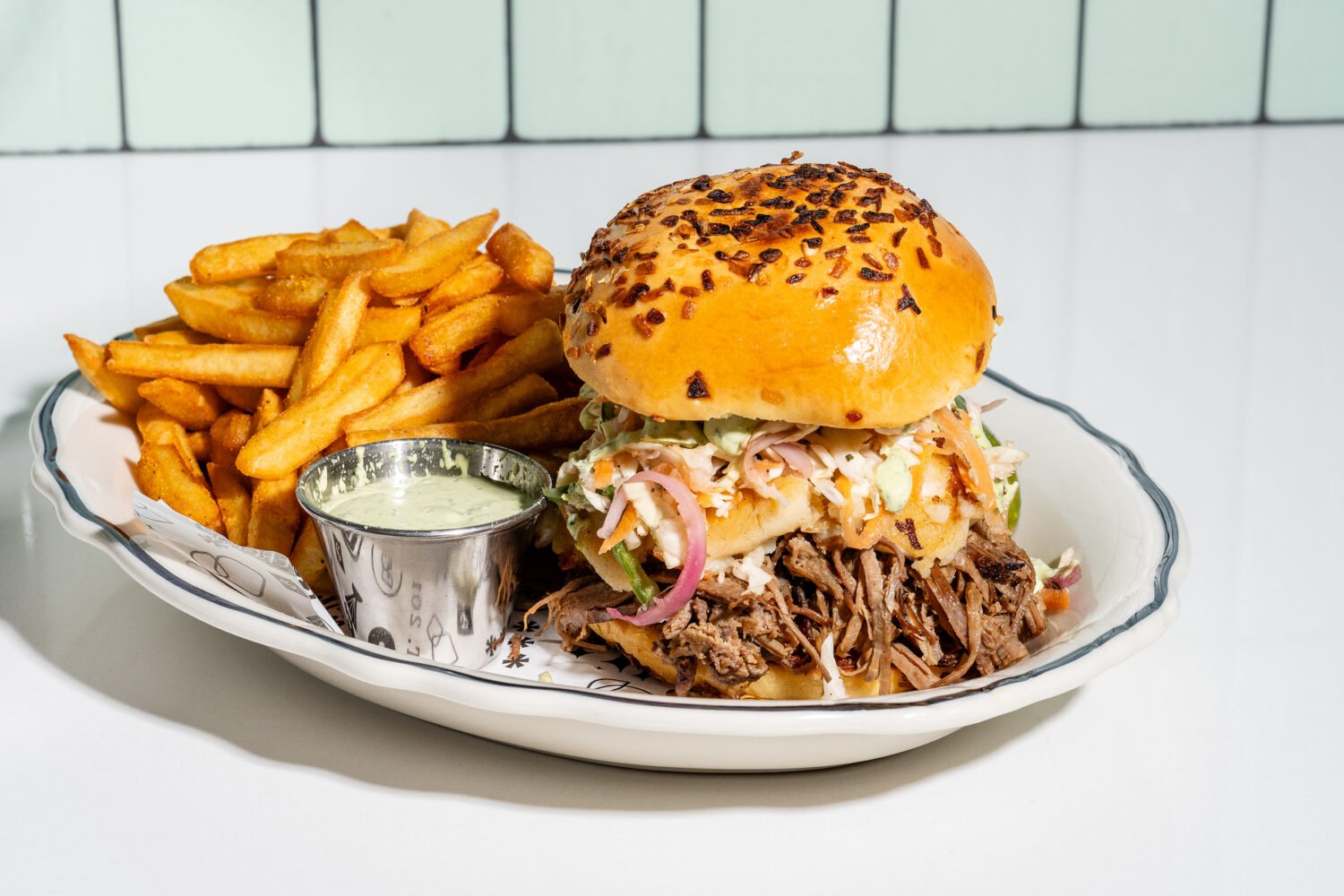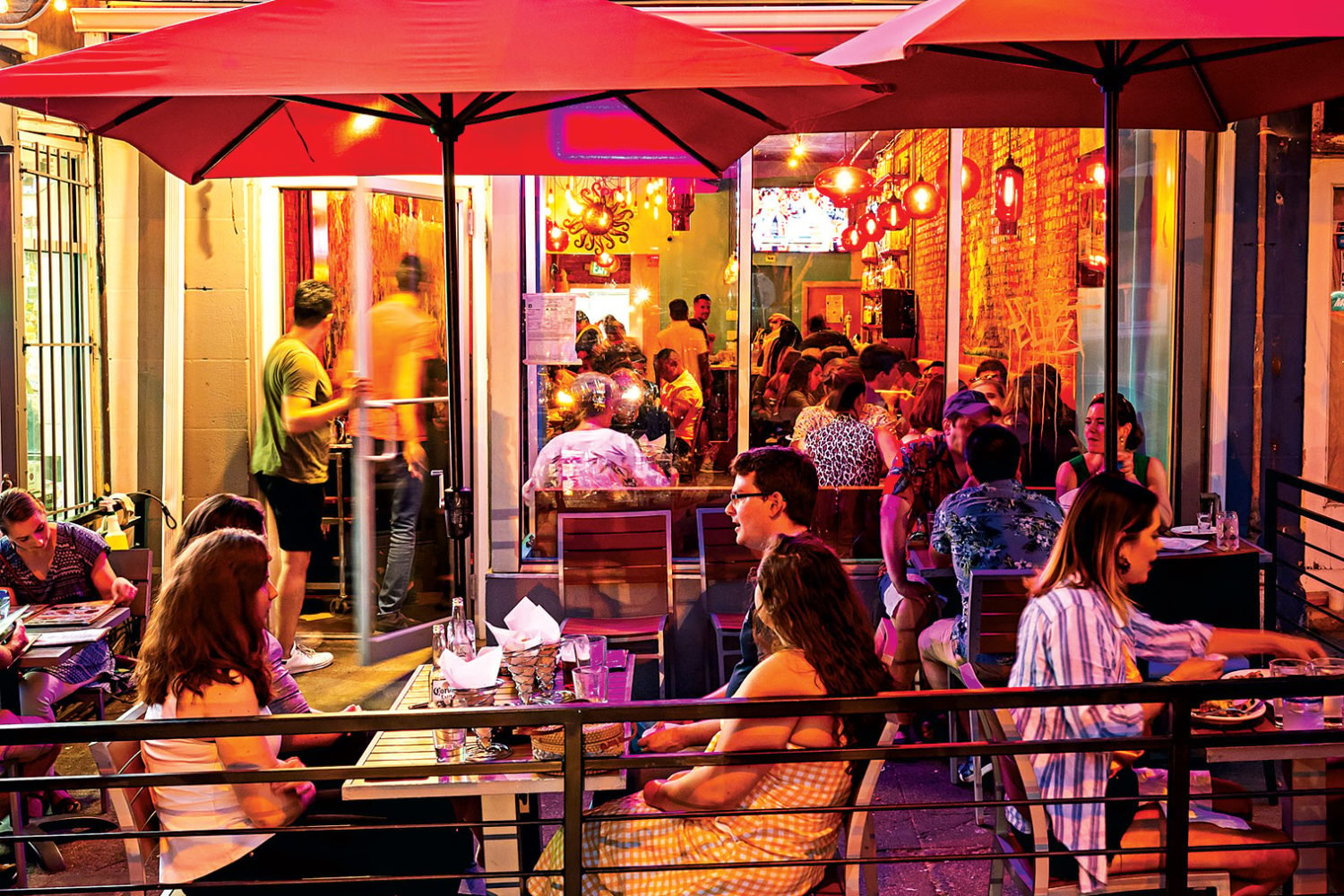About Bistro 7107
How Filipino food has eluded the clutching embrace of Asian-mad foodies is one of the great mysteries of the culinary world. Nearly every neighborhood has a Thai restaurant, and even Korean food, with its funky flavors, has managed to cross over into the mainstream. The most buzzed-about places to eat on both coasts right now are those clattering cafes helmed by nervy young chefs intoxicated with the bright, pinging flavors of Southeast Asia.
In Washington, there are only a handful of Filipino restaurants, and even the most ardent food lovers are ignorant of the repertoire of dishes—aside from chicken adobo and maybe lumpia, the fat spring rolls that have long been a fixture on Tom Power’s bar menu at Corduroy.
So novelty alone makes Bistro 7107 (the name refers to the number of islands that make up the Philippines) a welcome addition to the scene.
What makes the Crystal City restaurant more than a curiosity, however, is that it has embraced the difficult and rather unsexy task of making the cuisine accessible to a broad audience without dumbing it down.
Most of the time, you wouldn’t even know it was a task. The room is colorful and cozy, the staff gracious and helpful, and the cooking—overseen by Pete Snaith, co-owner of Culinaria Cooking School in Vienna—often as exciting as it is comforting.
In an era in which the mash-up is considered the height of culinary excitement, Filipino cuisine comes pre-mashed: The Spanish colonized the islands in the 16th century.
No dish captures this crisscross of Europe and Asia quite like the crispy pata, a massive portion of pig’s leg that will have you recalling the infamous table scene in Tom Jones. Pare off the meat with your knife, digging beneath the cracklings-like skin to prize out the tender richness within, then dunk your discoveries in the pinch bowl of sauce—a blend of soy, rice-wine vinegar, and chilies that resembles a ponzu.
Even better is a dish called sisig. Imagine a sizzling cast-iron skillet of fajitas—only instead of strips of chewy meat, substitute tiny cubes of pork belly, its skin rendered until crunchy, and crisped pig ears.
Pork is king, but you can eat lightly and still experience the heady blend of cultures. Try the whole red snapper, dusted in cornstarch and fried—a preparation common throughout Southeast Asia. The sauce, however, is an escabeche, a mélange of peppers, onions, lemon juice, and white wine that functions for the Spanish (and their many scattered subjects) as a sweet-sour cross between ketchup and relish.
Snaith excels with his saucing. The pepper-steak-like beef Tagalog is abundant with chewy meat, but I could eat an entire plate of onions cooked in its sauce, which is fortified with veal stock and brightened with soy.
I longed at every meal for a cold beer, but it’s just soft drinks and juices for the time being as the restaurant awaits its liquor license. Better to save your calories for the finish: for halo halo—a bingsoo-like heap of shaved ice and red beans baroquely topped with ice cream, bits of flan, and jackfruit—or for buko pandan, a kind of dessert salad, with juicy shavings of young coconut as its centerpiece.
To say that these desserts have narrow appeal is an understatement. Let’s just say most Americans aren’t fond of slippery textures and leave it at that.
Perhaps no dish embodies the challenges of crossover quite like the kare kare, which looks at first glance like a Thai red curry, its bites of oxtail drenched in sunset-colored peanut sauce. The idea is to dip the meat in a pungent shrimp paste that transforms the slightly sweet flavors into something sharp and discordant. (The kitchen, mindful of Western tastes, leaves the paste on the side.)
You can’t have a Filipino restaurant without a chicken adobo, and Snaith makes a good one. My pick for chicken, though, is the wings, sweetened with coconut milk and smoky from the grill: the back-yard barbecue as bar snack.
There are lumpia, too, but for some reason Snaith has shrunk them to the size of candy cigarettes. Why? To prove that Filipino cooking can hack it as finer dining? He proves it often enough elsewhere.
This article appears in the September 2014 issue of Washingtonian.

